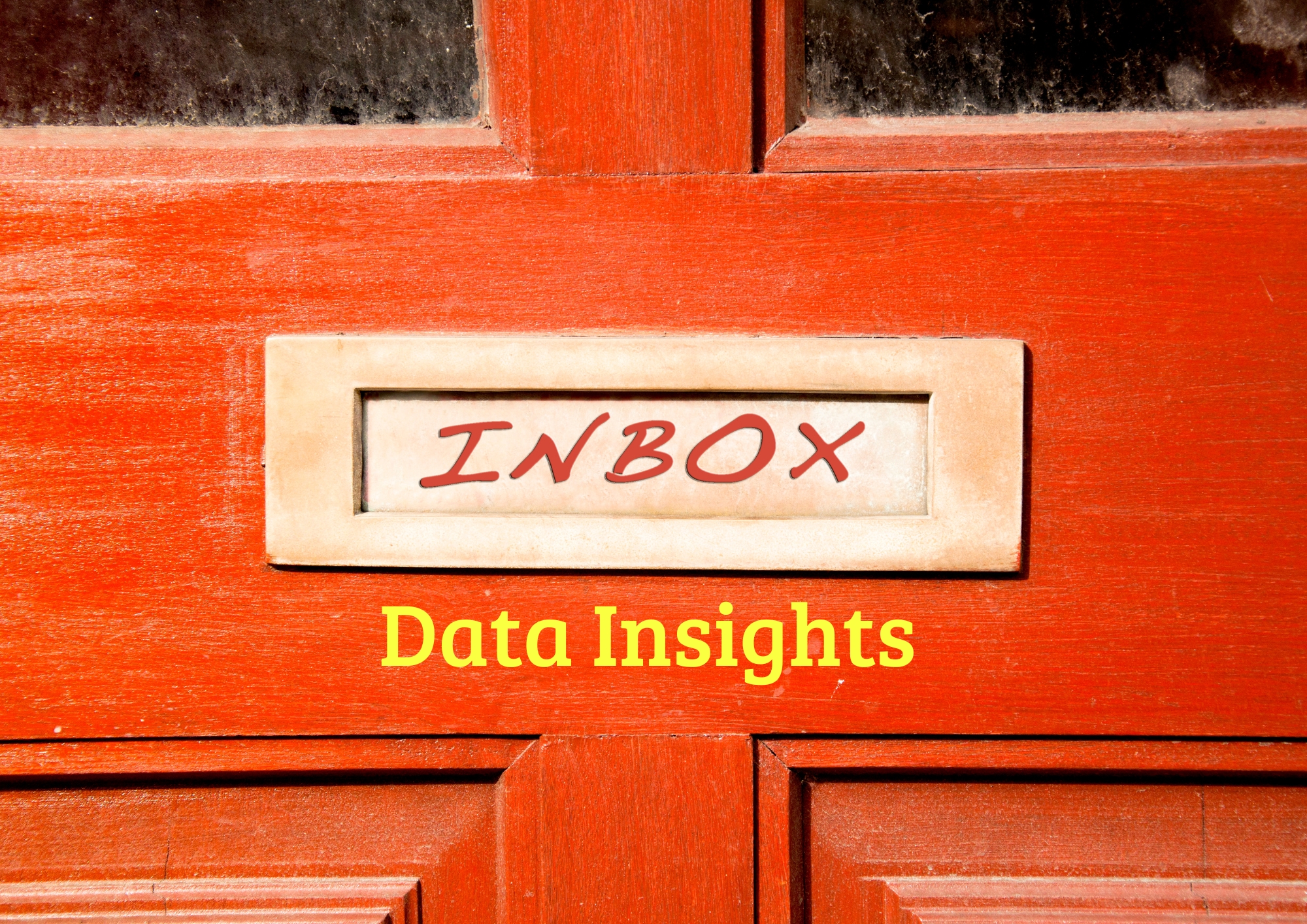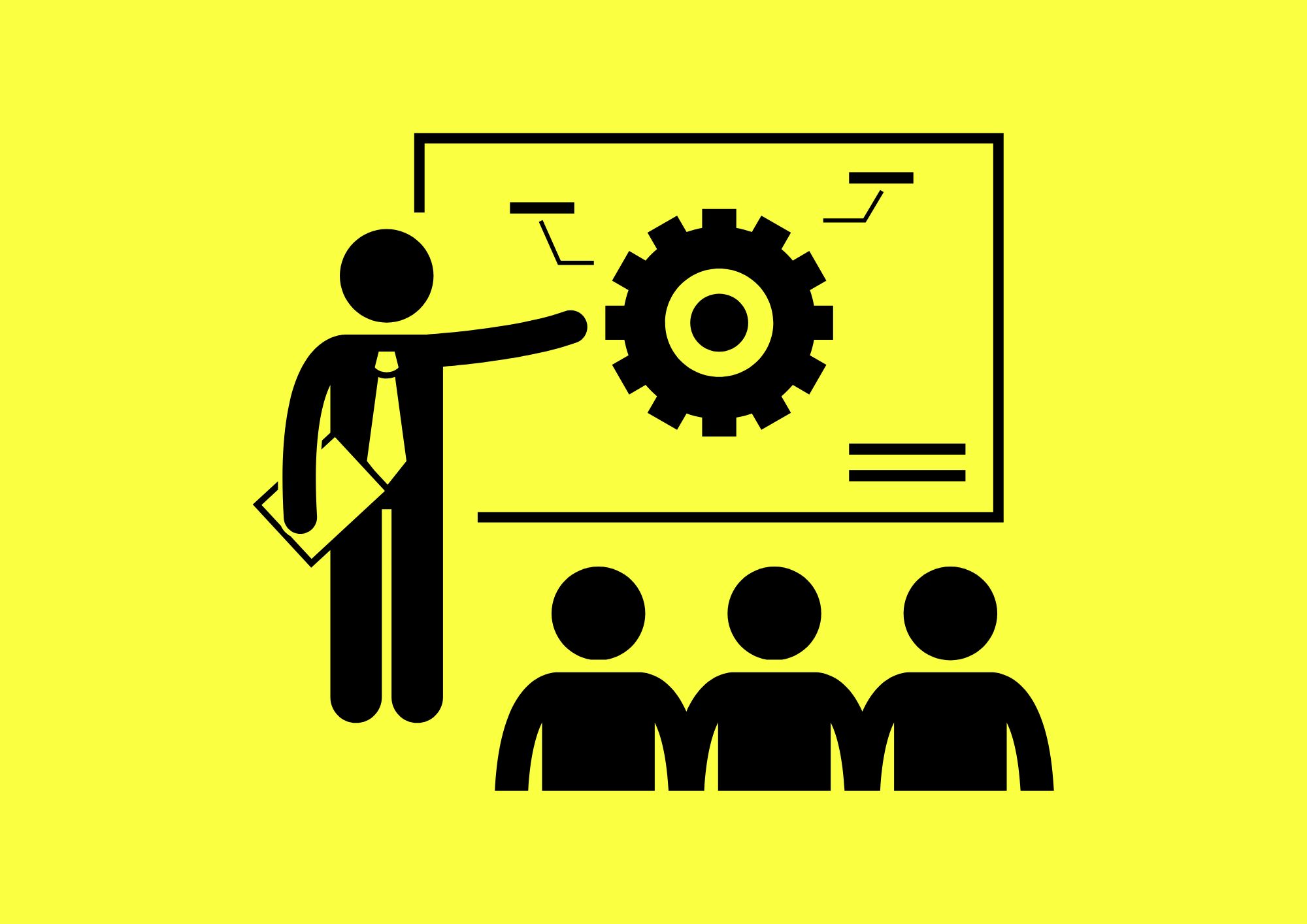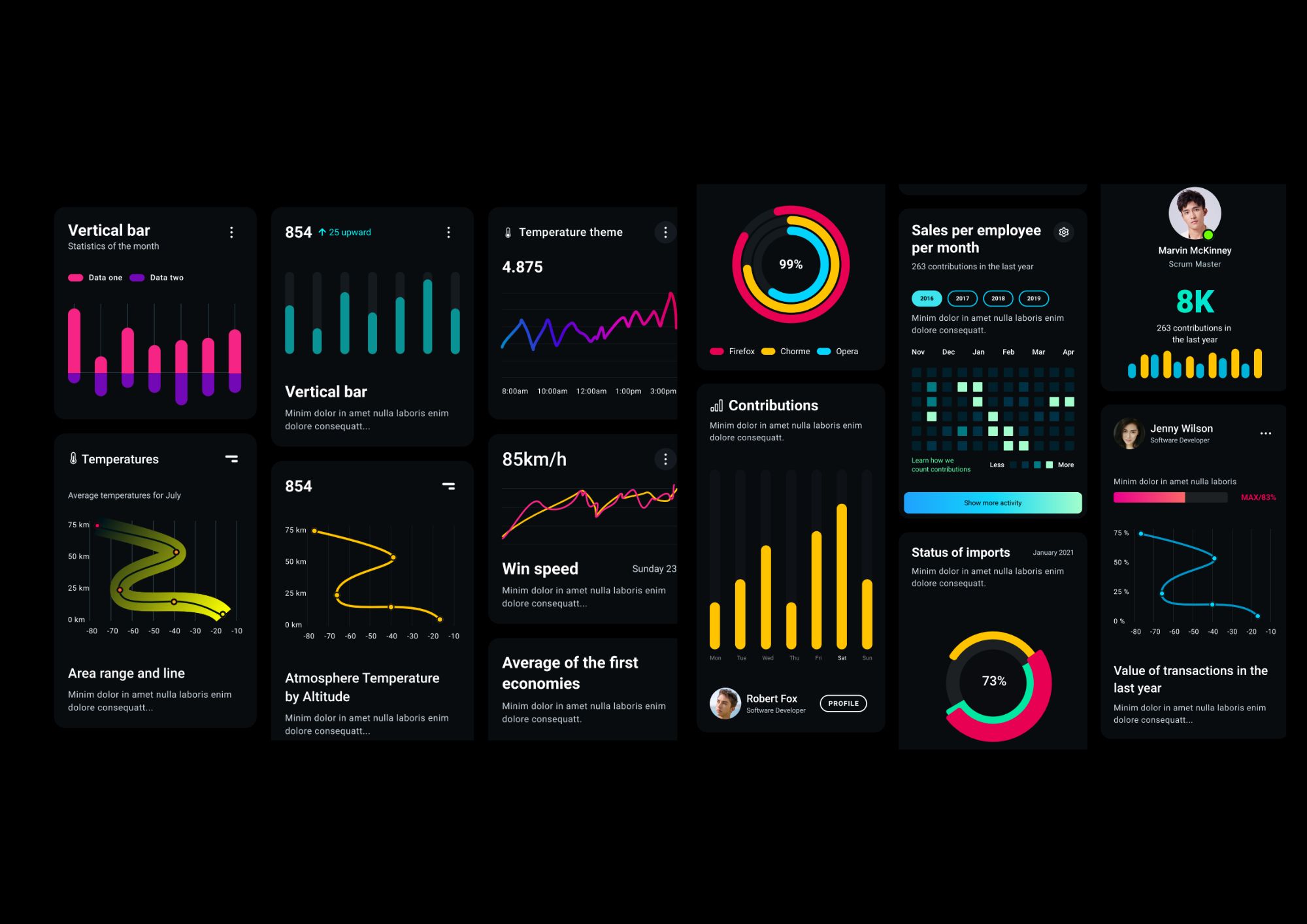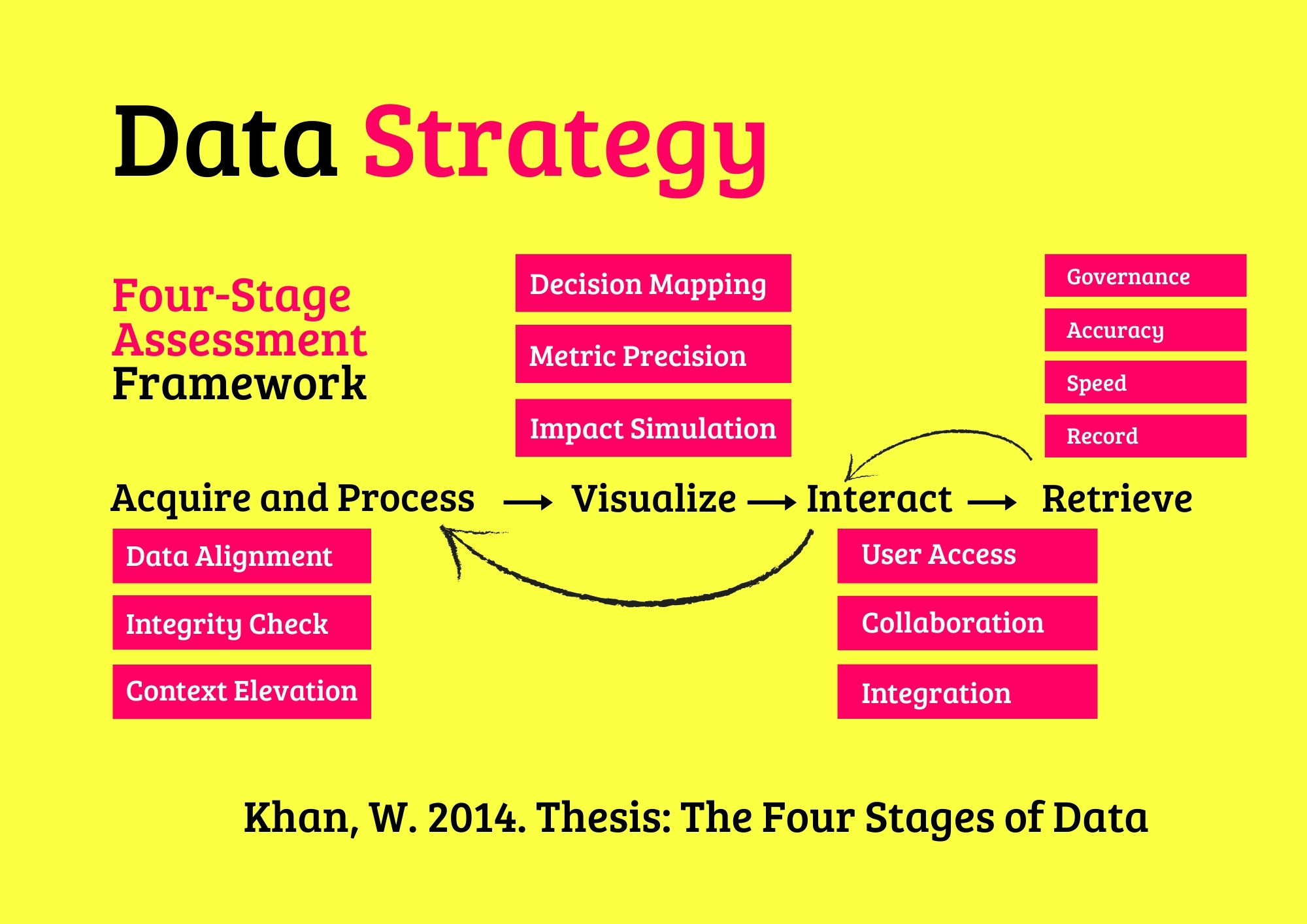The Data Crisis in Local Government
Councils collect huge volumes of data—from housing and education to employment and health. But over 80% of it is locked in silos, reports, or legacy systems.
Here’s how fragmented data holds local government back:
1. Siloed Systems
Education, housing, and social care teams often work from disconnected databases.
2. Slow Insights
Reports take weeks to prepare, making real-time decisions nearly impossible.
3. Outdated Tools
Excel and static PDFs dominate—leaving no room for forecasting or interactivity.
4. Missed Early Warnings
Trends in youth NEET rates or benefit claims go unnoticed until they escalate.
5. Data Duplication
Re-keying across departments wastes time and causes errors.
6. Inconsistent Standards
Data schemas vary by team, making cross-departmental analysis a nightmare.
7. Workforce Shortages
Analysts are overstretched and under-resourced.
8. Policy Blind Spots
Key groups—like digitally excluded or low-income families—remain invisible in the data.
9. Reporting Overload
Teams spend more time preparing compliance reports than using insights for change.
10. Ethical Risks
Lack of governance can lead to unfair targeting or biased interventions.
11. Resistance to Change
New platforms often stall due to low adoption or lack of training.
How Caspia Fixes This:
We deliver AI-powered data integration and interactive policy dashboards to help local authorities see the full picture—and act on it.
Caspia’s Local Authority Data Framework
1. Unified Insight Platform
Goal: Create a single trusted environment for multi-agency data.
- Integrate education, social care, planning, and health datasets.
- De-duplicate records, align timeframes, and enforce data standards.
Tools: Azure Synapse, SQL Graph Matching, dbt
2. Live Policy Dashboards
Goal: Replace quarterly PDFs with real-time insight hubs.
- Youth Outcomes: Track NEET and attainment data live.
- Cost Pressures: Monitor budget variance by service area.
Tools: Power BI, Metabase
3. Predictive Policy Modelling
Goal: Forecast local outcomes and test interventions.
- Predict impacts of early years funding, rent shifts, or job market shocks.
- Simulate scenarios to allocate resources more effectively.
Tools: Python (Prophet, scikit-learn), Dash
4. Automated Insight Pipelines
Goal: Turn raw data into decision-ready insight—automatically.
- Weekly pattern recognition on housing churn or safeguarding alerts.
- Generate alert emails for risk thresholds.
Tools: Airflow, MLflow, BigQuery
Why Councils Choose Caspia
✅ Built for Local Authorities
Designed with the real needs of frontline teams, analysts, and policy units.
✅ Outcomes-Driven
Clients report faster policy response, better targeting, and higher funding success rates.
✅ End-to-End Workflow
From Data Collection → Integration → Prediction → Action.
“Our early intervention dashboard now picks up family stress signals weeks earlier—giving social care a head start.”
—Head of Data, Peshawar Muncipal.
We're Here to Help!

Inbox Data Insights (IDI)
Turn email chaos into intelligence. Analyze, visualize, and secure massive volumes of inbox data with Inbox Data Insights (IDI) by Caspia.

Data Security
Safeguard your data with our four-stage supervision and assessment framework, ensuring robust, compliant, and ethical security practices for resilient organizational trust and protection.

Data and Machine Learning
Harness the power of data and machine learning with our four-stage supervision and assessment framework, delivering precise, ethical, and scalable AI solutions for transformative organizational impact.

AI Data Workshops
Empower your team with hands-on AI data skills through our four-stage workshop framework, ensuring practical, scalable, and ethical AI solutions for organizational success.

Data Engineering
Architect and optimize robust data platforms with our four-stage supervision and assessment framework, ensuring scalable, secure, and efficient data ecosystems for organizational success.

Data Visualization
Harness the power of visualization charts to transform complex datasets into actionable insights, enabling evidence-based decision-making across diverse organizational contexts.

Insights and Analytics
Transform complex data into actionable insights with advanced analytics, fostering evidence-based strategies for sustainable organizational success.

Data Strategy
Elevate your organization’s potential with our AI-enhanced data advisory services, delivering tailored strategies for sustainable success.
AI Business Agents in Action



















Frequently Asked Questions
What exactly is an AI Business Agent?
An AI Business Agent is a virtual employee that can talk, write and act like a human. It handles calls, chats, bookings and customer support 24/7 in your brand voice. Each agent is trained on your data, workflows and tone to deliver accurate, consistent, and human-quality interactions.
How are AI Business Agents trained for my business?
We train each agent using your documentation, product data, call transcripts and FAQs. The agent learns to recognise customer intent, follow your processes, and escalate to human staff when required. Continuous retraining keeps performance accurate and up to date.
What makes AI Business Agents better than chatbots?
Unlike traditional chatbots, AI Business Agents use advanced language models, voice technology and contextual memory. They understand full conversations, manage complex requests, and speak naturally — creating a human experience without waiting times or errors.
Can AI Business Agents integrate with our existing tools?
Yes. We connect agents to your telephony, CRM, booking system and internal databases. Platforms like Twilio, WhatsApp, HubSpot, Salesforce and Google Workspace work seamlessly, allowing agents to perform real actions such as scheduling, updating records or sending follow-up emails.
How do you monitor and maintain AI Business Agents?
Our team provides 24/7 monitoring, quality checks and live performance dashboards. We retrain agents with new data, improve tone and accuracy, and ensure uptime across all communication channels. You always have full visibility and control.
What industries can benefit from AI Business Agents?
AI Business Agents are already used in healthcare, beauty, retail, professional services, hospitality and education. They manage appointments, take orders, answer enquiries, and follow up with customers automatically — freeing staff for higher-value work.
How secure is our data when using AI Business Agents?
We apply strict data governance including encryption, access control and GDPR compliance. Each deployment runs in secure cloud environments with audit logs and permission-based data access to protect customer information.
Do you still offer data and analytics services?
Yes. Data remains the foundation of every AI Business Agent. We design strategies, pipelines and dashboards in Power BI, Tableau and Looker to measure performance and reveal new opportunities. Clean, structured data makes AI agents more intelligent and effective.
What ongoing support do you provide?
Every client receives continuous optimisation, analytics reviews and strategy sessions. We track performance, monitor response quality and introduce updates as your business evolves — ensuring your AI Business Agents stay aligned with your goals.
Can you help us combine AI with our existing team?
Absolutely. Our approach is hybrid: AI agents handle repetitive, time-sensitive tasks, while your human staff focus on relationship-building and creative work. Together they create a seamless, scalable customer experience.



